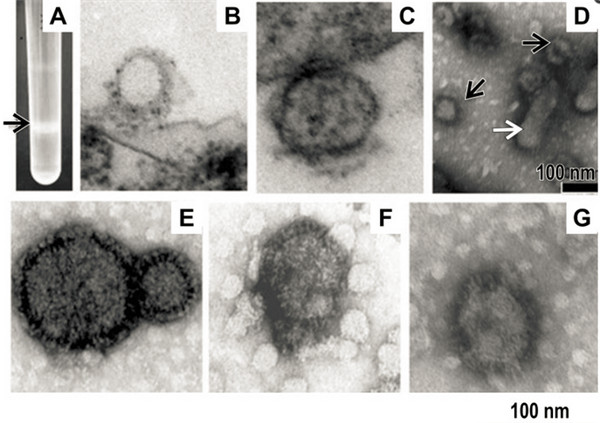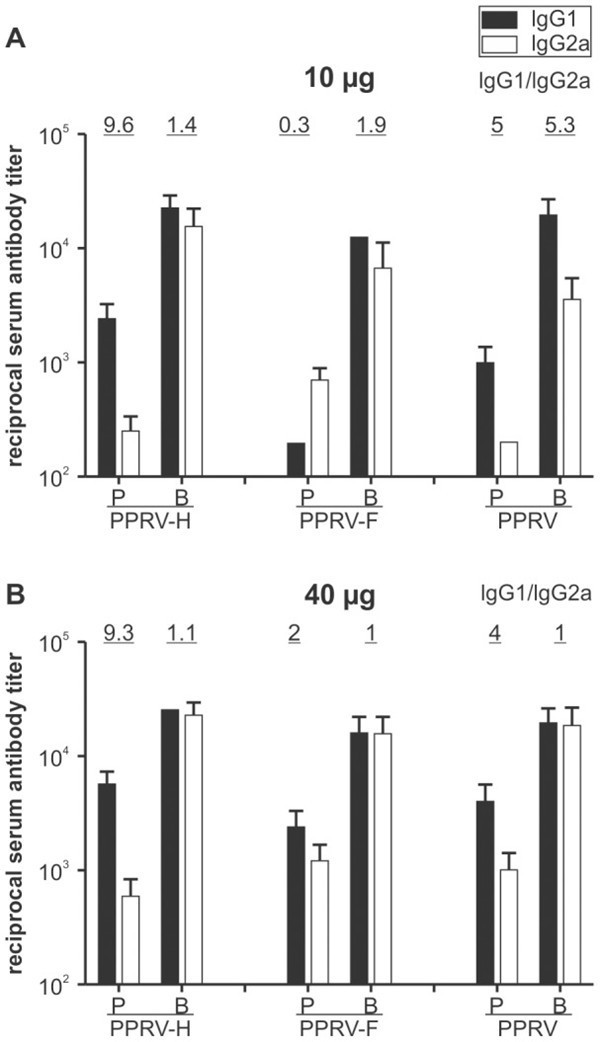Self-Assembly and Release of Peste des Petits Cell-Baculovirus System and Their Immunogenicity in Mice and Goats
Source: Author: Date:2014-09-18
Recently, a research team led by Professor Gang Li at the Institute of Animal Sciences of Chinese Academy of Agricultural Sciences (CAAS) has made a major progress on the research of peste des petits ruminants (PPR) vaccines. The research results have been published online in the PLoS ONE Journal on August 12, 2014.
PPR is a highly contagious and economically important viral disease of domestic and some wild small ruminants, and in particular, of goats and sheep. It is notifiable to the Office International des Epizooties (OIE). In China, PPR was first reported in Tibet in 2007, and in 2014, PPR outbreaks were reported in more than 20 provinces. PPR outbreaks often result in high morbidity and mortality and can cause severe economic losses. Therefore, development of an effective vaccine for the prevention and control of PPR is very important.
In the study, Virus-like Particles (VLPs) of PPR were generated in a baculovirus system through simultaneous expression of PPRV matrix (M) protein and hemaglutin(H) or fusion(F) protein. The released VLPs showed morphology similar of the native virus particles. Subcutaneous injection of these VLPs (PPRV-H, PPRV-F) into mice and goats elicited PPRV-specific IgG production, increased the levels of virus neutralizing antibodies, and promoted lymphocyte proliferation. Without adjuvants, the immune response induced by the PPRV-H VLPs was comparable to that obtained using equivalent amounts of PPRV vaccine (Nig75/1). Thus, the results demonstrated that VLPs containing PPRV M protein and H or F protein are potential "differentiating infected from vaccinated animals" (DIVA) vaccine candidates for the surveillance and eradication of PPR.
More details are available on the bellow links:
http://www.ncbi.nlm.nih.gov/pmc/articles/PMC4130610/
This work was supported by the National Science and Technology Support Program of China (2013BAD12B05), the National Natural Science Foundation of China(31172342), the National Commonweal Project of China(200903037) and the Fundamental Research Funds for the Central Public Welfare Research of Beijing Institute of Animal Science and Veterinary Medicine(2014ywf-yb-6).

Schematic diagram and identification of recombinant pFastBac vectors.

Photograph of a sucrose gradient and transmission electron microscopy (TEM) of virus-like particles (VLPs).

Peste des petitsruminants virus (PPRV)-specific serum IgG1 and IgG2a antibody responses.